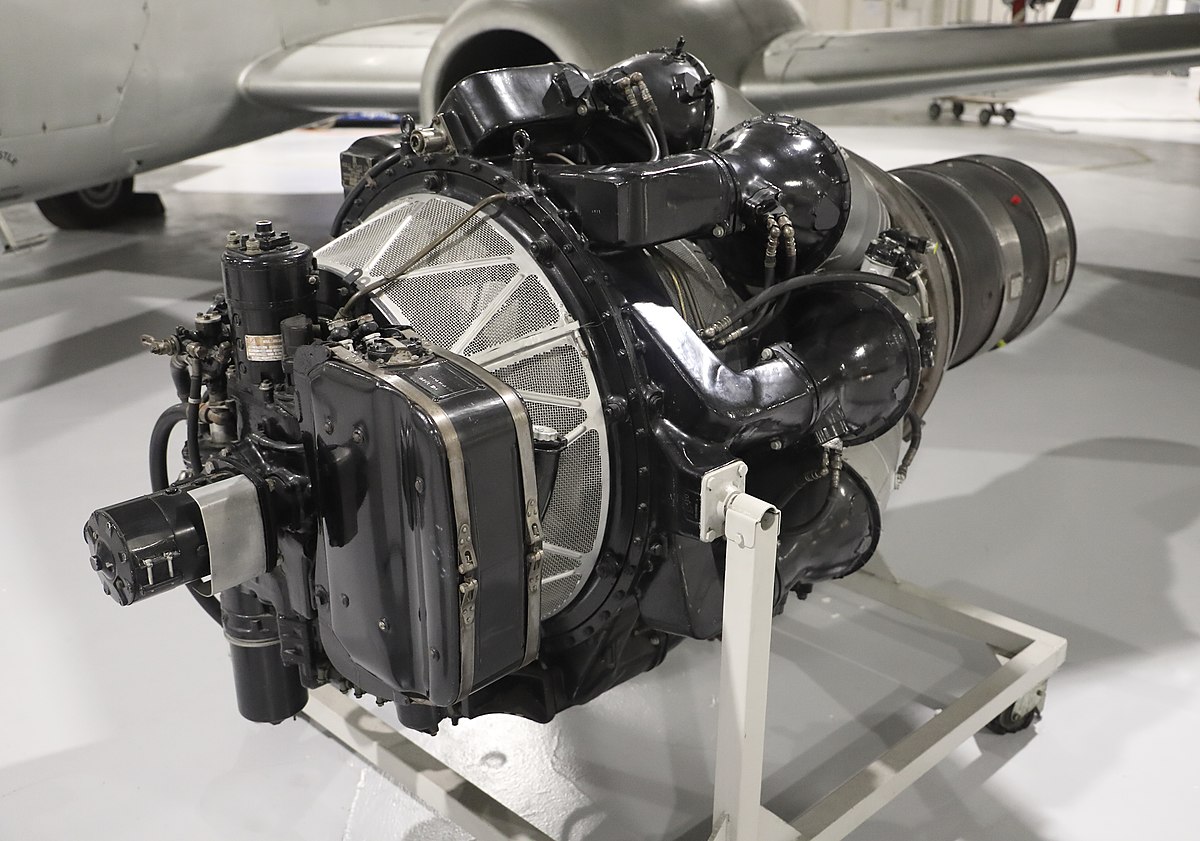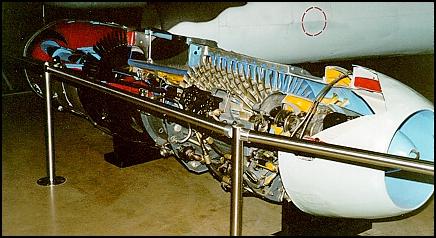And if you want to exact - I have yet to see a jet engine that runs without its gearbox and ancillaries
True, but from the point of view of a classroom textbook, which you obviously know, these things don't count in affecting the efficiency of a gas turbine. the clue is in the word ancillaries...


